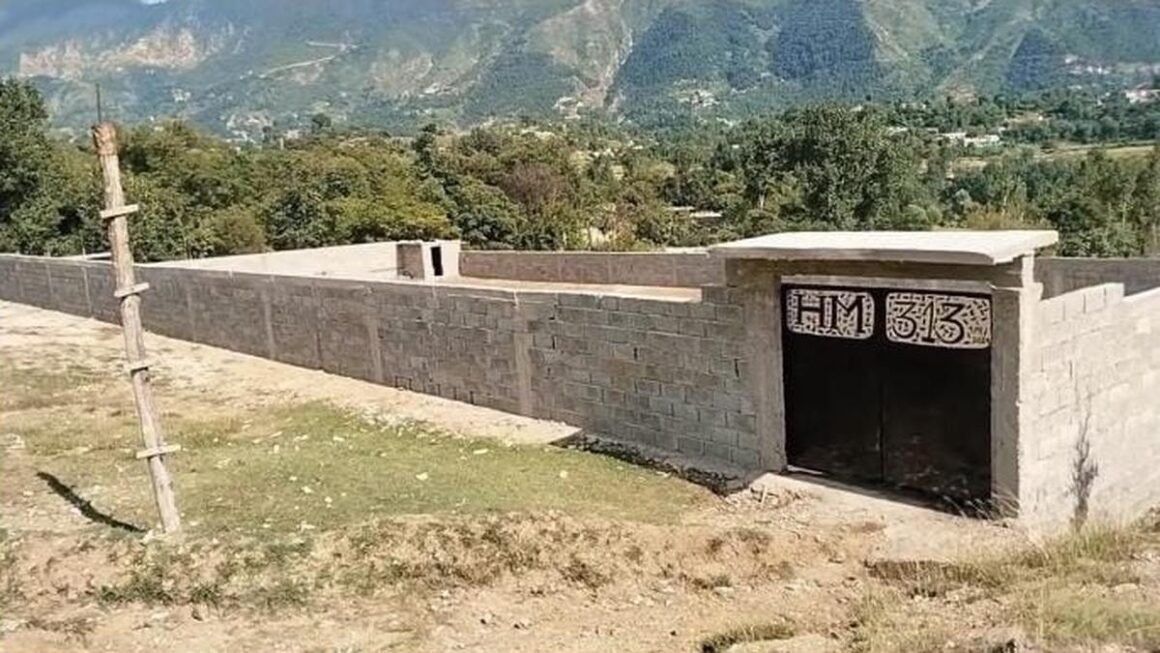
Punchline: On September 20, 2025, Operation Sindoor’s impact continues — terror hubs in PoK dismantled, militants regroup deeper in Pakistan’s Khyber Pakhtunkhwa.
Operation Sindoor: A Decisive Strike with Long-Term Ripples
India’s Operation Sindoor, launched on May 7, 2025, was a direct response to the gruesome Pahalgam terror attack that left the nation shocked. The operation was designed to dismantle terror launch pads and training camps in Pakistan-Occupied Kashmir (PoK). According to high-level sources, the operation succeeded in destroying at least nine major hubs used by Jaish-e-Mohammed (JeM) and Hizbul Mujahideen (HM). These strikes disrupted long-established supply lines, training programs, and communication systems, causing chaos within militant ranks. For decades, PoK had been viewed as an untouchable sanctuary for terrorists, but Operation Sindoor altered that perception dramatically.
The psychological blow was as significant as the physical destruction. For the first time, India demonstrated its willingness and ability to neutralize high-value targets deep inside enemy-controlled zones. This altered the calculus for both militants and their backers in Pakistan, showing that the old rules of engagement had shifted.
Intelligence Confirms Shifting Bases to KPK
After the strikes, Indian intelligence agencies stepped up surveillance to track movements of surviving militants. By August 2025, intelligence confirmed that both JeM and HM operatives were relocating to Pakistan’s Khyber Pakhtunkhwa (KPK) province. This was not a temporary adjustment but a deliberate long-term strategy. Officials describe this move as a “strategic adaptation” — a way to avoid further Indian retaliation while keeping their organizational machinery alive.
KPK, with its treacherous mountain passes, porous Afghan border, and history of harboring militants, provides a safer refuge than PoK in the current scenario. The region also offers established smuggling routes, sympathetic networks, and relative protection from international scrutiny.
Why Khyber Pakhtunkhwa Became the New Safe Haven
KPK has emerged as the preferred fallback zone for several reasons. Its geographic depth makes it difficult for precision strikes from across the border. The Afghan connection ensures access to older militant and Taliban-linked networks. Moreover, the area has a long history of serving as a militant breeding ground, with groups like Al-Qaeda and Tehrik-i-Taliban Pakistan (TTP) using its terrain for cover in the past.
By shifting to KPK, JeM and HM are signaling that they are willing to retreat tactically but will not dissolve. Instead, they are entrenching themselves in terrain that offers both protection and future strategic advantages.
Evidence of State Complicity in the Relocation
The most troubling detail in intelligence assessments is the evidence of Pakistani state complicity. Reports suggest the relocation has been facilitated with the knowledge — and in some cases, direct support — of state structures. Notable findings include:
- JeM rallies in KPK held openly with police protection.
- Support from Jamiat Ulema-e-Islam (JUI), providing ideological cover and logistical aid.
- Local administrators ignoring or enabling the establishment of new camps.
This aligns with long-standing accusations that Pakistan has not merely tolerated but actively supported terror networks, using them as tools of foreign policy against India.
Implications for India’s Security Doctrine
The relocation of terror groups to KPK complicates India’s counter-terror strategy. Striking targets in KPK would mean pushing operations much deeper into Pakistani territory, raising the risk of escalation. It also stretches the intelligence apparatus, which must now track militant activities beyond PoK into less familiar and more hostile environments.
Another worrying factor is the possibility of groups adopting decentralized, cell-based operations, making them more difficult to identify and dismantle. Indian agencies may face an increase in “lone-wolf” style attacks or smaller, scattered networks working under broader ideological umbrellas.
Diplomatic Fallout and International Response
Beyond security, the issue has major diplomatic dimensions. India is expected to leverage this intelligence to mount international pressure on Pakistan, showcasing evidence of its continued support for terrorism. Raising the matter at the United Nations and lobbying with the Financial Action Task Force (FATF) could help expose Pakistan’s duplicity further. Western allies, especially the United States, may face renewed calls to hold Islamabad accountable for enabling terror.
For Pakistan, already under economic stress and seeking international aid, these revelations could complicate its credibility. Yet, history shows that Islamabad often balances global criticism with strategic ambiguity, betting that geopolitical needs will outweigh punitive actions.
Broader Regional and Global Security Concerns
The shift of militant bases into KPK has consequences far beyond Indo-Pak ties. Afghanistan, still grappling with instability, faces the threat of militants spilling across its borders. Taliban-linked factions could strengthen their ties with JeM and HM, creating a dangerous nexus of groups hostile to both India and Western powers. This raises the risk of renewed violence in South Asia and complicates the work of global counter-terror coalitions.
The development also highlights a broader trend of terror groups adapting quickly to pressure, shifting geographies, and exploiting weak state structures to survive. It is a reminder that counter-terror operations, while necessary, rarely eliminate threats permanently; they often force them into new forms and spaces.
Final Word: The Long War Ahead
Operation Sindoor was a tactical success, but the relocation of Jaish-e-Mohammed and Hizbul Mujahideen to Khyber Pakhtunkhwa underlines the long war India continues to fight. Militancy, fueled by state support and regional instability, is not easily eradicated. For India, the path forward lies in a multi-pronged approach — sustaining military readiness, expanding intelligence reach, reinforcing diplomatic offensives, and working with global partners to keep Pakistan under pressure.
The battleground has shifted, but the threat endures. The coming months will test India’s resilience, diplomacy, and strategic foresight as it navigates this evolving challenge.
FOR MORE BLOGS – beyondthepunchlines.com

 Add to favorites
Add to favorites







